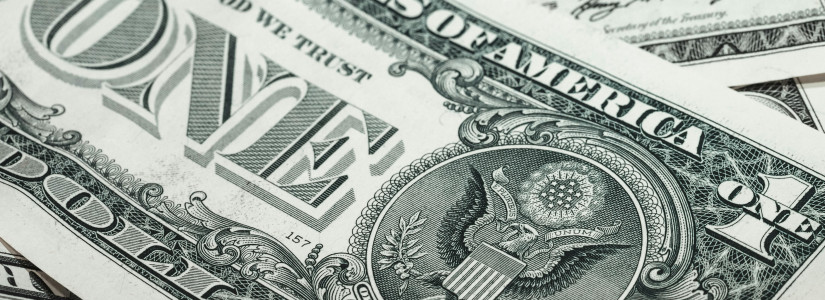Inflation Relief and Living with Inflation in 2023
Earlier this year, inflation relief arrived for some individuals and couples. From the end of last year through January 2023, residents of twenty states received funds to help keep up with the rising cost of living. This may have provided some help but inflation continues to be a struggle.
Dealing with inflation requires taking a hard look at spending and saving. Read more to find out about how to live with inflation in 2023.
Inflation Relief
As the 8.5% year-over-year inflation increase makes buying groceries and other necessities difficult, states have taken action to offset these higher prices. Twenty states have provided rebates and expanded tax credits to provide some relief.
From October 2022 to February 2023, individuals and couples residing in California received a direct deposit or debit card up to $1,050 to keep up with rising inflation. Individuals in this state qualified if they had incomes up to $250,000.
Single taxpayers in California who earn less than $75,000 annually received $350, with another $350 allocated if that person has dependents. These payments are a tax refund, not a new state measure.
Individuals in Colorado received checks for $750 to help pay for necessities, while those in Maine got $850. Other states like New York and Pennsylvania passed similar measures to help address inflation concerns.
While many recipients received debit cards and direct deposits by early this year, others are still waiting and wondering if they will receive a refund. Those individuals need to look for other options to help deal with inflation.
Living with Inflation: Spending
The good news is that economists expect inflation to fall to 3.5% by the end of 2023. With slowing consumer demand, Federal Reserve interest rate increases, and improvements in supply chains, inflation will drop. The bad news is that inflation is still at 4.1% for May 2023. That means people will have to find ways to live with inflation.
Start by reviewing spending. Take a look at discretionary spending, or money that goes towards areas like eating out, online purchases, gym memberships, and vacations. Simply not buying coffee out is something that adds up over time. Collectively reducing this type of spending can substantially help lower expenses.
You can also review essential spending in such areas as groceries, clothes, and healthcare. Choosing store-brand or generic groceries, for example, can help save on food expenses. Reducing the use of air conditioning and gas can also go a long way.
The idea is to focus on the smaller items that add up over time. You should also hold off on any major repairs to a home or automobile, if possible. Delaying those types of expenses until prices drop more will help in the long term. Likewise, seeing if you can lower car and home insurance is a way to keep expenses down.
Finding ways to reduce how much is spent on necessities and non-necessities is an important way to keep up with inflation and allows for more savings.
Living with Inflation: Saving
Next, find ways to save some extra money. You can place any extra money in an existing savings account, open a new account, or turn to high-yield savings accounts. These accounts allow individuals to take advantage of the recent higher interest rates.
With an IRA or 401(k) plan, someone can diversify their portfolio more. Review asset allocation to determine if you would like to try for shorter-term gains or longer-term safer investments. Researching a certificate of deposit account (CD) can also provide a way to build up savings.
Reduce or stop using credit cards. Paying those monthly payments each month detracts from placing money into savings. Also, look to transfer high balances or balances with high-interest rates to credit cards with lower or no APR.
If you have a full-time job, see about requesting a raise. Or, look into part-time work or a side hustle job to boost income. With remote work flourishing, opportunities abound to earn extra money.
Watching more closely where money is spent and finding ways to save will provide a stronger means to get through inflation.
Inflation in 2023
Beyond state inflation relief measures, taking action with spending and saving can help anyone live with inflation this year. To learn more about inflation and to get advice about it, visit FlourishDaily.
Related Articles
Stay ahead of the curve
Equip yourself with the knowledge to tackle inflation head-on, and access exclusive resources designed to help you thrive despite economic challenges.
Get Started











